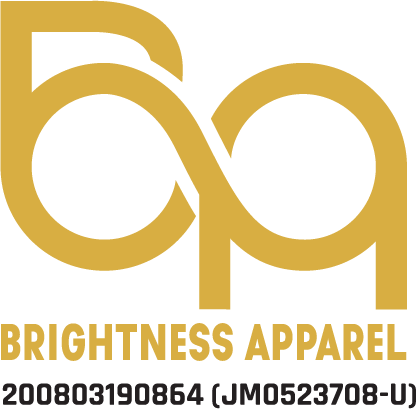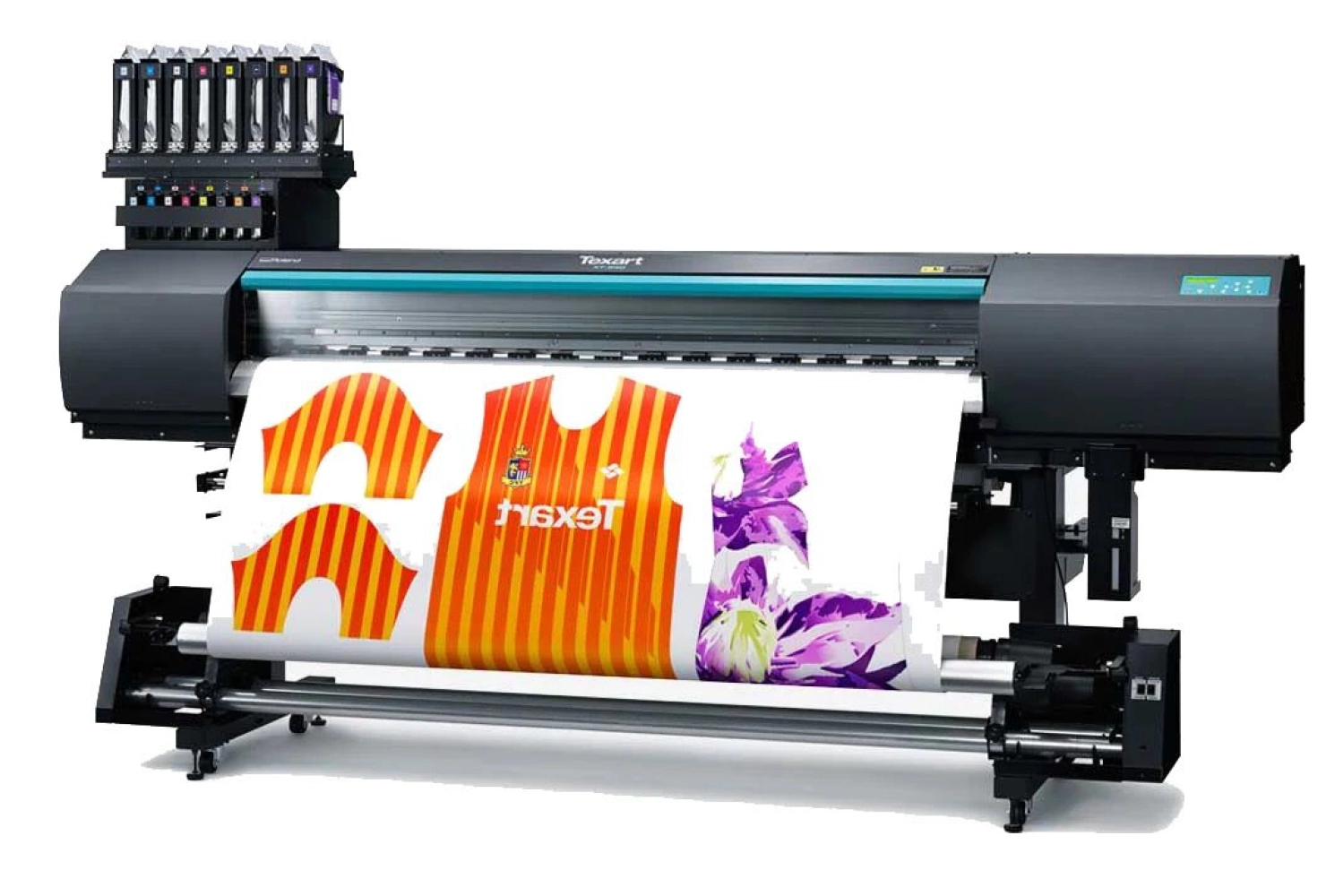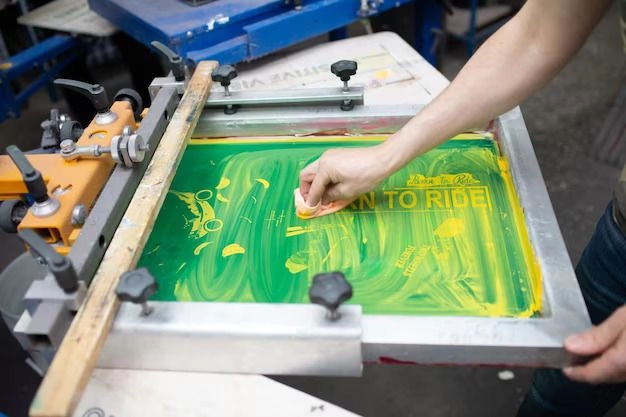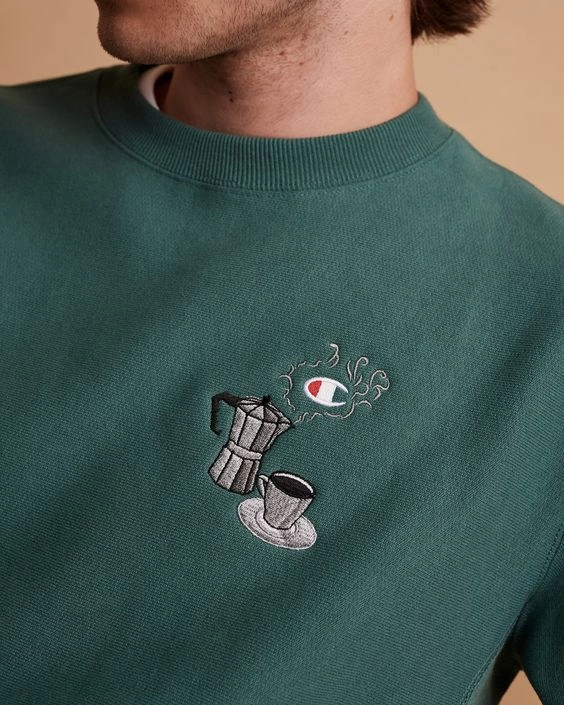DTF Printing
DTF Services
Direct Transfer Film (DTF) printing is an emerging printing technique closely akin to Direct to Garment (DTG) printing. The key distinction lies in the fact that DTG technology is primarily restricted to printing exclusively on cotton-based clothing.
In contrast, DTF printing exhibits greater versatility, allowing for the printing of a wide variety of fabrics, including nylon, polyester, denim, silk, and, naturally, cotton. This expanded range of printing applications has propelled DTF printing into a rapidly growing and highly favored method for printing not only t-shirts but also various other types of apparel.
How DTF Work
Step 1 - Print on Film
In this initial stage, a mirrored image of the design, with a white base color, is printed onto a PET film. This mirrored image serves as the transfer medium onto the garment.
Step 2 - Powder Application
Next, a hot-melt powder is applied to the film containing the printed image. This step is carried out with an Automatic Powder Shaker to ensure even powder distribution and remove any excess. The precise application of the transfer powder is critical, as it acts as a barrier between the image and the fabric.
Step 3 - Powder Melting
After the transfer powder has been applied, the film is placed in a curing oven and heated until the powder begins to melt. The melted transfer powder serves as a robust adhesive, bonding the image to the garment.
Step 4 - Transfer
This phase involves placing the image, along with the melted transfer powder, onto the target garment and pressing it uniformly using a heat press. This step is of utmost importance, as any failure in this process can result in wrinkled or peeling images.
Step 5 - Cold Peel
The Cold Peel step occurs when the image is peeled away from the transfer paper. To ensure the best adhesion, the transfer paper should be removed when both the image and the garment have cooled to a specific temperature. Premature removal may lead to incomplete adhesion of the image to the fabric. Notably, the hot-melted transfer powder acts as a binder, linking the ink colors to the garment's fibers.
Step 6 - Post-Pressing (Optional)
To enhance the durability of DTF printed images, a supplementary step is often included. This step, known as Post-Pressing, involves subjecting the garment to a heated press for 8-10 seconds. This additional heat application helps fortify the bond between the ink and the fabric, ensuring the printed images withstand numerous washes and user abrasions, surpassing the competition in longevity.
Advantages of DTF Printing
Compatible with a wide range of fabric types.
Well-suited for precise small text and designs.
No need for pre-treatment, unlike DTG printing.
Eliminates the need for screen blocks, a feature of Silkscreen printing.
No limitations on the number of colors; supports printing in any color.
No cutting or weeding required, simplifying the process.
Low minimum quantities, as large as one A2 size.
Results in a fabric with a subtle tactile sensation and vibrant colors.
Printed fabrics exhibit good wash durability.
A faster and less labor-intensive process compared to DTG printing.
Disdvantages of DTF Printing
Printed areas may have a slightly different feel compared to those produced with DTG printing.
Becomes more costly when dealing with larger printing areas.
Make Appointment




